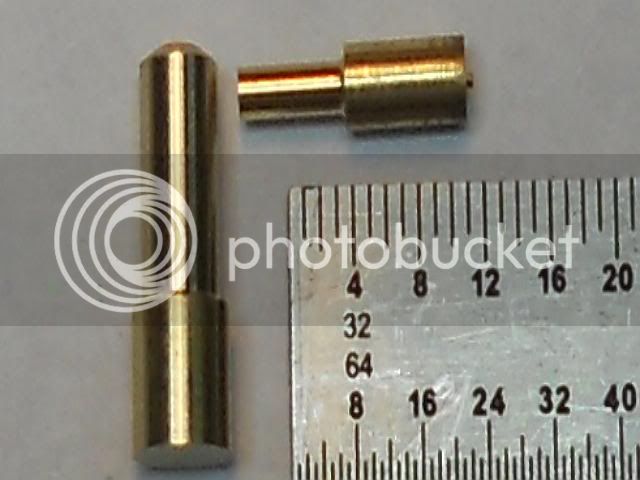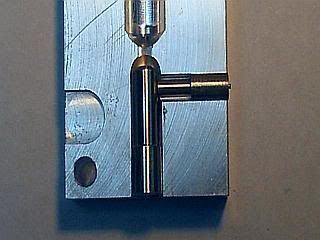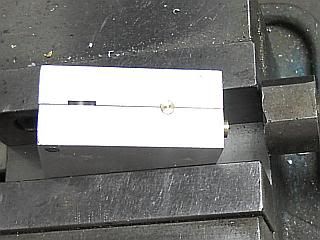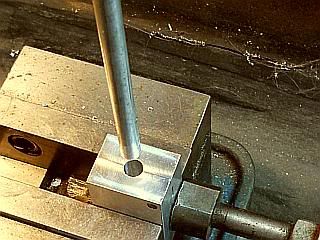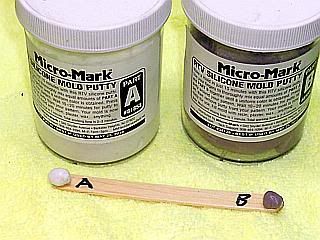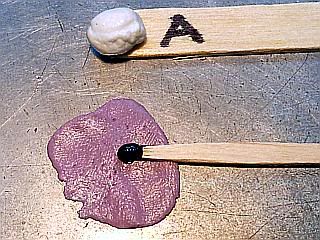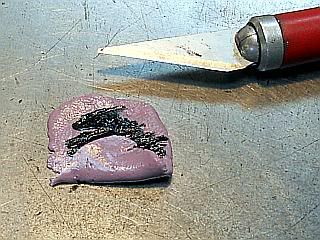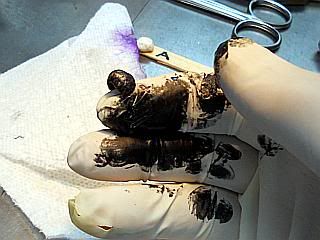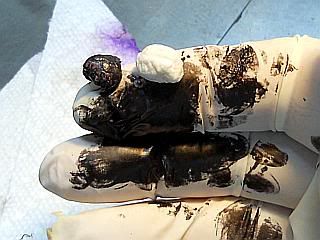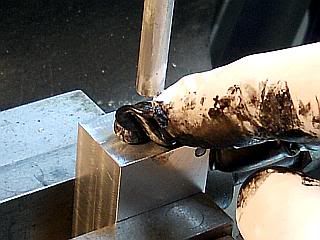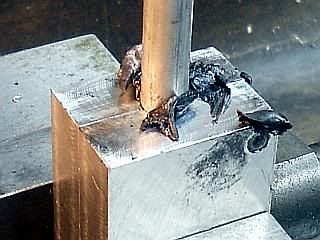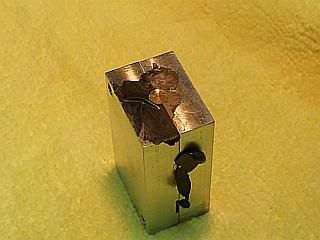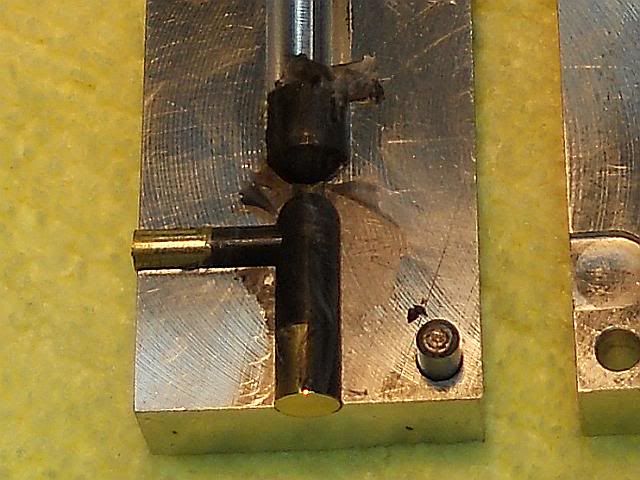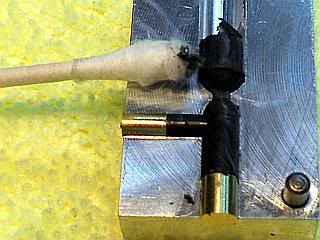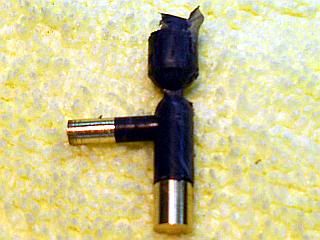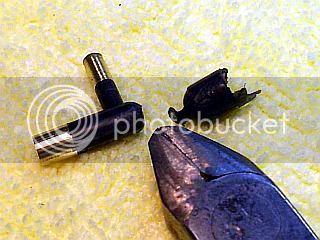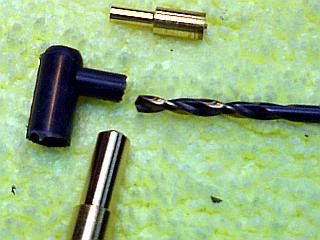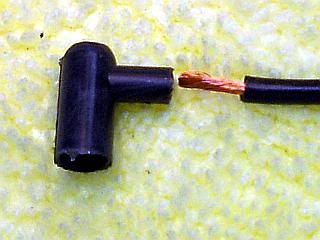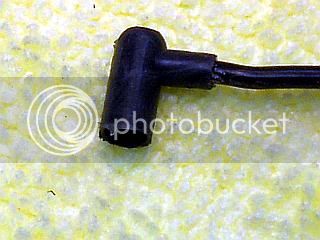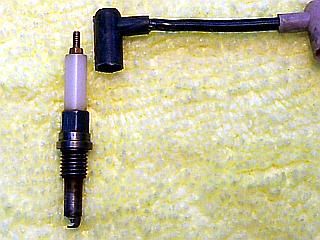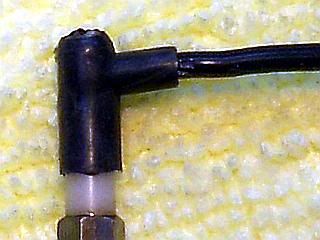- Joined
- Feb 17, 2008
- Messages
- 2,326
- Reaction score
- 440
There has been a lot of interest lately on making boots for terminating ignition wires at the spark plug and distributor. I will describe one way of doing it using silicone mold making putty in an aluminum transfer mold.
For those not familiar with what a transfer mold is, here is an edited excerpt from Wikipedia. It has been edited to just the essentials for what I will be describing.
http://en.wikipedia.org/wiki/Transfer_molding
"Transfer Molding is having a "piston and cylinder"-like device built into the mold so that the rubber is squirted into the cavity through small holes.
A piece of uncured rubber is placed into a portion of the transfer mold called the "pot." The mold is closed and under pressure the rubber or plastic is forced through a small hole (the "gate") into the cavity. The mold is held closed while the plastic or rubber cures."
Starting with a finished spark plug boot and mold used to make it here are three photos. Then I will go through the process in some detail. For a sense of scale, there is a scale in the first photo. Additionally, the spark plug thread is 10-40 and the wire terminal on it is 0-80. The mold dimensions for each half are 1.0 x 1.625 x.375 inches.
Gail in NM
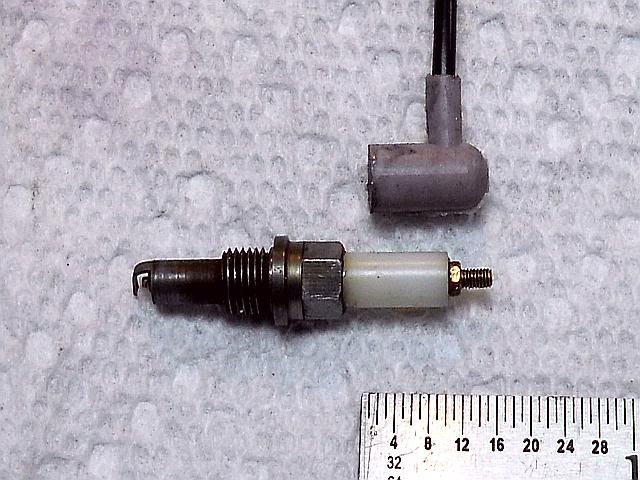
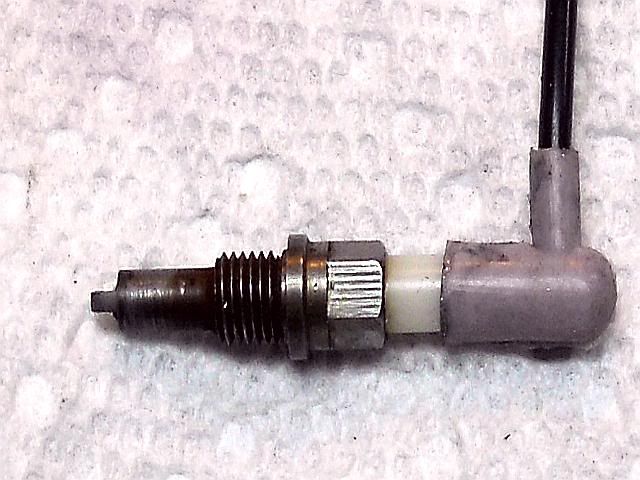
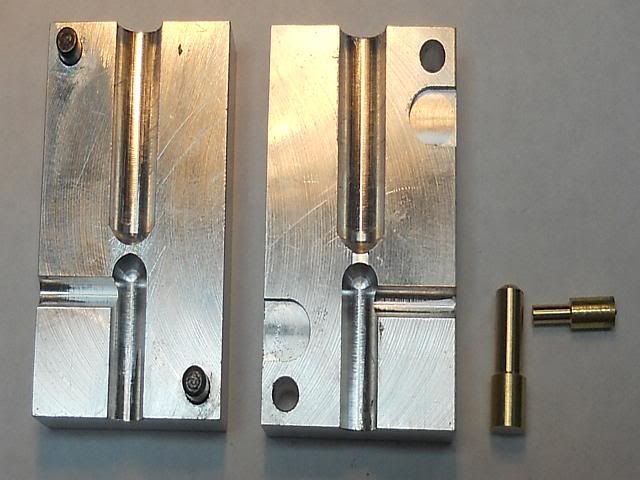
For those not familiar with what a transfer mold is, here is an edited excerpt from Wikipedia. It has been edited to just the essentials for what I will be describing.
http://en.wikipedia.org/wiki/Transfer_molding
"Transfer Molding is having a "piston and cylinder"-like device built into the mold so that the rubber is squirted into the cavity through small holes.
A piece of uncured rubber is placed into a portion of the transfer mold called the "pot." The mold is closed and under pressure the rubber or plastic is forced through a small hole (the "gate") into the cavity. The mold is held closed while the plastic or rubber cures."
Starting with a finished spark plug boot and mold used to make it here are three photos. Then I will go through the process in some detail. For a sense of scale, there is a scale in the first photo. Additionally, the spark plug thread is 10-40 and the wire terminal on it is 0-80. The mold dimensions for each half are 1.0 x 1.625 x.375 inches.
Gail in NM








